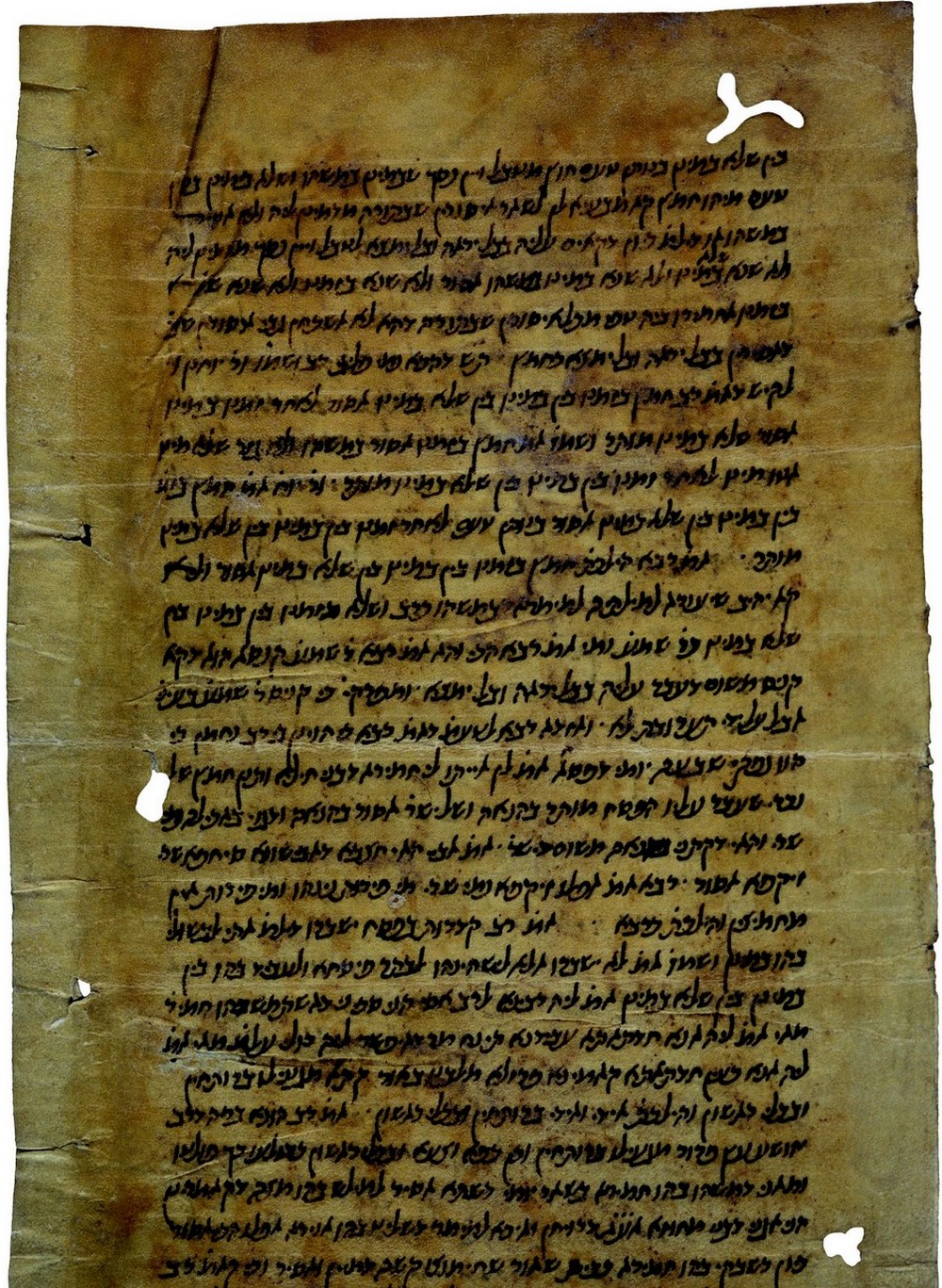Recursos

THE HEBREW DOCUMENTS OF THE AMGi
How many are there and what are they like?
The Municipal Archive of Girona (AMGi) looks after more than a hundred fragments of documents on paper, and to a lesser extent on parchment, written in the Hebrew alphabet.
How were they found?
The AMGi's task of preserving the documentary material made it possible to recover, in 1987, 141 fragments of documents written in the Hebrew alphabet that had remained inside their covers of different receipts books of the city's council in the 14th and 15th centuries.
The discovery was made in 1987. In 1989 the fragments were presented at an exhibition in New York and Rabbi M. Mitchell Serels, a professor at Yeshiva University, made an initial study of them.
How were they conserved?
They are non-administrative fragments or documents that were reused by bookbinders, a trade in which Jews usually worked, as cheap material for refilling and padding out book covers.
Documents inside books dated after the decree of expulsion of 1492 have also been found in other archives. In these cases, the documents may have remained forgotten in the houses that the Jews sold at a loss or in the desks that their scribes abandoned and were subsequently reused, most probably by converso bookbinders (Jews converted to Christianity).
What are they about?
They are chiefly fragments of religious commentaries, medical or pharmaceutical treatises and accounts books. Some fragments come from the same document. This is the case with 67 fragments, of which the ten original documents, unfortunately incomplete, have been identified.
How are they written?
They are documents written in aljamiat Catalan, that is, Catalan written with the Hebrew alphabet or aleph-bet.
How does the AMGi preserve them?
The fragments of these documents are installed in 90 housings tailor-made in neutral materials, which ensure their preservation and at the same time facilitate their consultation. Furthermore, their description and digitization for public consultation. was initiated. The current catalogue is based on an initial analysis to identify the fragments carried out by Irene Llop i Jordana.


